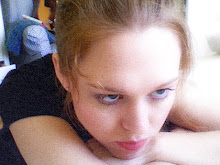Ask yourself, "If I were the artist, why would I have created this?"
If you can answer that question, then I think you "get it," insofar as any work of art can be completely understood.
Answering that question will give you the "meaning" of the work.
As far as technique goes, see if you can answer how the artist communicated their point. If it's a work of literature, then how do the plot, writing style, characterization, and symbols in the piece work together to make the point.
Just two questions.
It's really easy, isn't it? Pass me Ulysses.
